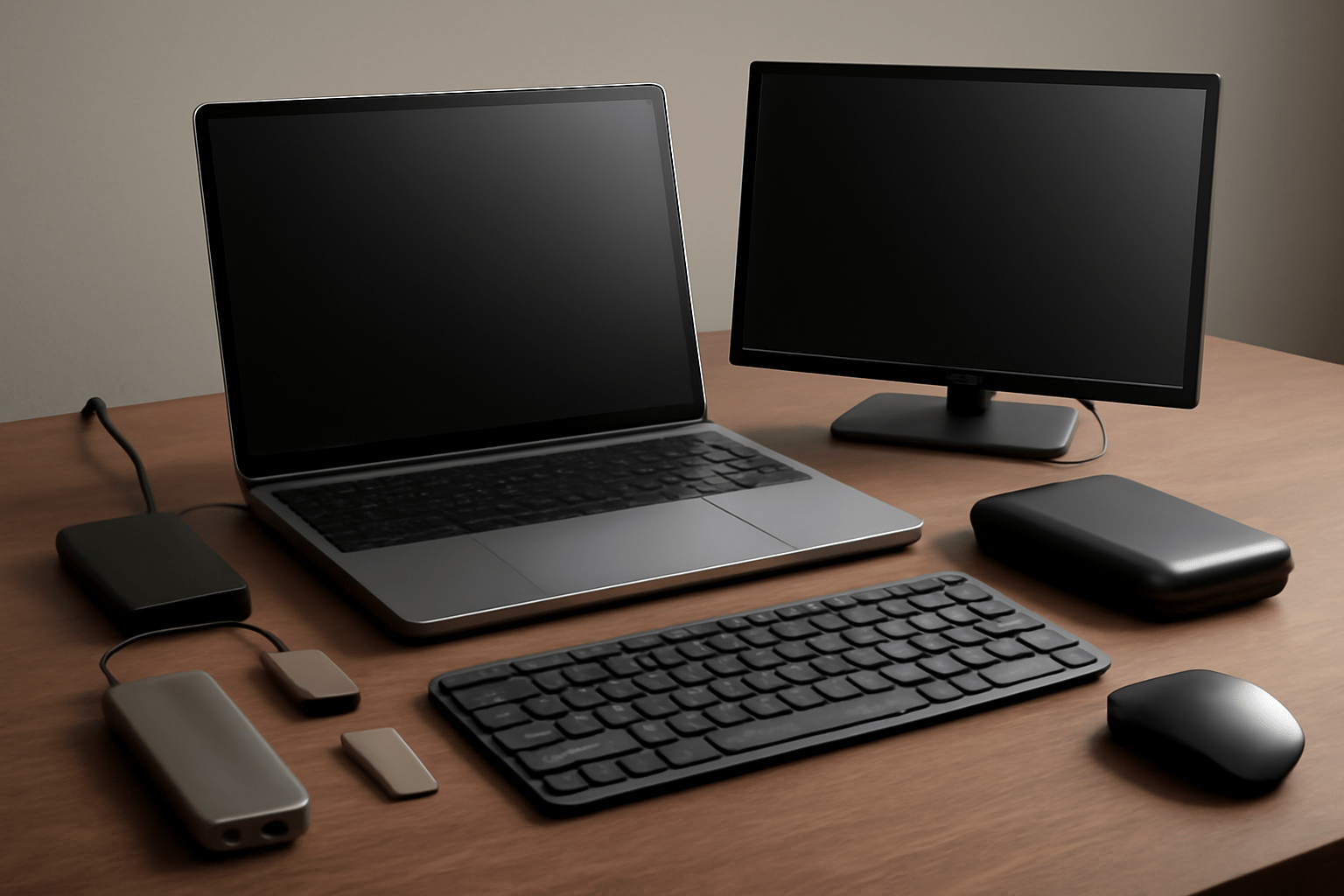Effortlessly Sharing Files Between Your Laptop and PC Using exFAT
In today’s digital world, moving files between multiple devices is a common task. Whether you’re working on a laptop or a desktop PC, having a reliable and efficient way to transfer data is essential. One of the easiest methods to do this is by using an exFAT partition on an external drive or USB stick. In this blog post, we’ll explore how exFAT simplifies cross-device file sharing and discuss its advantages compared to other file systems.
What Is exFAT and Why Use It?
exFAT, short for Extended File Allocation Table, is a file system developed by Microsoft in 2006. It was designed specifically to bridge the gap between FAT32 and NTFS, making it ideal for flash drives and external hard drives that need to work across multiple platforms.
Here are some key reasons why exFAT is a great choice for moving files between your laptop and PC:
- Cross-platform compatibility: Unlike NTFS, which is optimized for Windows but has limited support on macOS and Linux, exFAT works seamlessly on Windows, macOS, and many Linux distributions (with the right drivers).
- Supports large files: FAT32, an older file system, has a 4GB file size limit. exFAT removes this limitation, allowing you to transfer very large files, such as HD videos or large project archives.
- Efficient and lightweight: exFAT doesn’t have the overhead of NTFS, making it a faster and more efficient choice for flash storage devices.
How I Use an exFAT Partition to Share Files Between Devices
On my external drive, I created two partitions. One of these is formatted as exFAT, which I use specifically to move files between my laptop and my desktop PC. This setup offers several benefits:
- Simplified file sharing: Because both devices can read and write to the exFAT partition, I can drag and drop files without worrying about compatibility issues.
- Maintains file integrity: Large files, like video projects or software installers, transfer smoothly without corruption or splitting.
- Organized workflow: By dedicating a partition to file sharing, I keep my data organized and prevent accidental overwrites on my main storage partition.
The other partition on my external drive is reserved for backup purposes and uses a different file system optimized for that task.
Setting Up an exFAT Partition: A Quick Guide
If you want to create an exFAT partition on your external drive or USB stick, here’s a straightforward way to do it:
On Windows:
- Plug in your external drive and open Disk Management by pressing Win + X and selecting it from the menu.
- Right-click on the unallocated space or the partition you want to format, and choose Format.
- From the file system dropdown, select exFAT.
- Name your drive and click OK to start formatting.
On macOS:
- Open Disk Utility from the Applications > Utilities folder.
- Select your external drive from the sidebar.
- Click on the Erase button.
- Choose exFAT from the Format dropdown menu.
- Provide a name and click Erase.
Important: Formatting will erase all data on the selected partition or drive, so make sure to back up any important files before proceeding.
Other Portable Peripherals to Enhance Your Laptop Experience
While having a dedicated exFAT partition is great for file sharing, there are other portable peripherals that can improve your productivity and convenience when working between multiple devices. Some favorites include:
- Portable SSDs: Faster than traditional external hard drives, they offer quick file transfers and are compact enough to carry anywhere.
- Multiport USB hubs: Expand your laptop’s connectivity with additional USB ports, HDMI outputs, and card readers.
- Wireless keyboards and mice: Increase comfort and flexibility when switching between devices.
- Power banks: Keep your devices charged on the go without hunting for power outlets.
Final Thoughts
Using an exFAT partition is a simple yet powerful way to facilitate smooth and hassle-free file transfers between your laptop and PC. Its broad compatibility, support for large files, and efficiency on flash storage make it an excellent choice for anyone who regularly works across multiple computers.
By combining an exFAT partition with other portable peripherals, you can create a seamless and productive workflow whether you’re at home, in the office, or on the move.
If you want to learn more about portable peripherals that complement your laptop setup, check out this well-curated list from Yahoo Tech.
Happy file sharing!

Leave a Reply